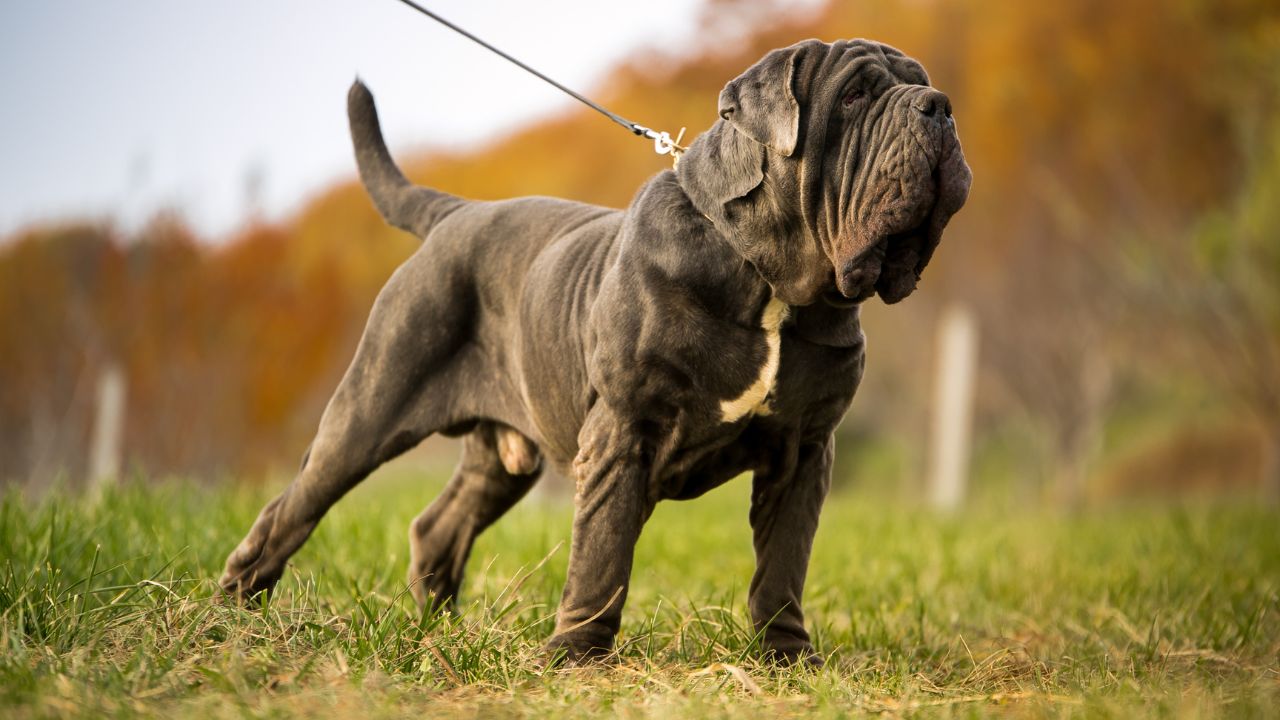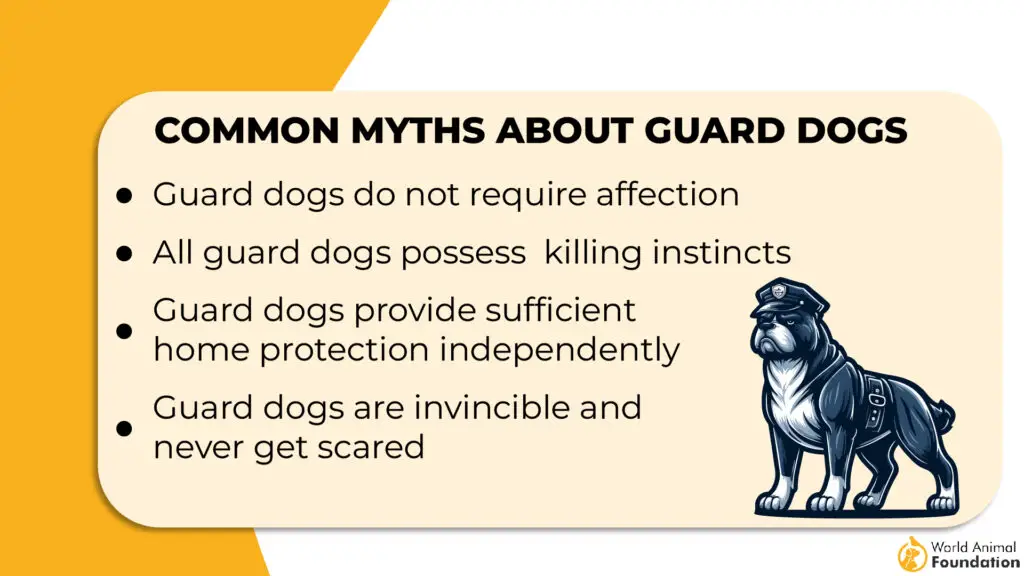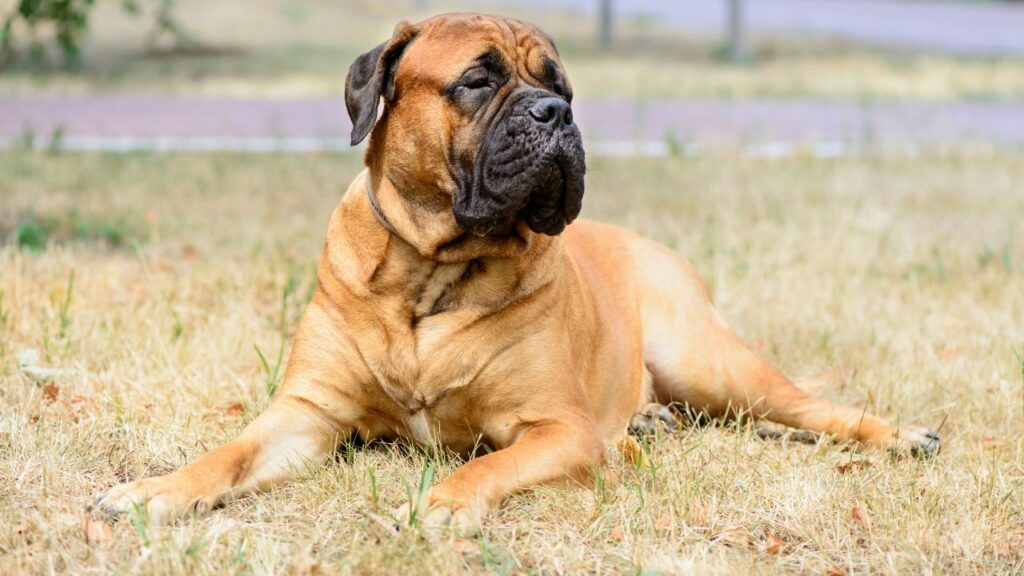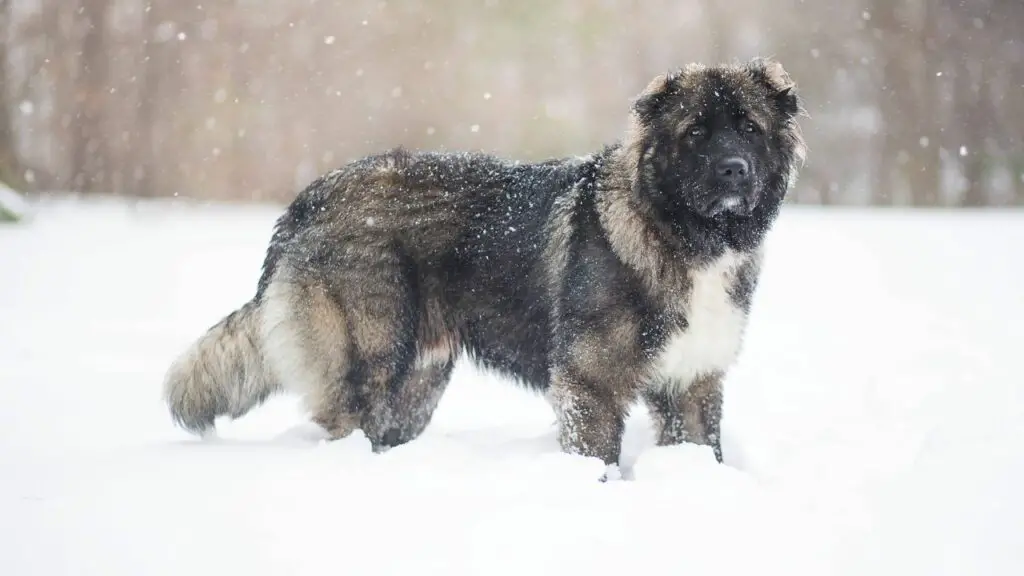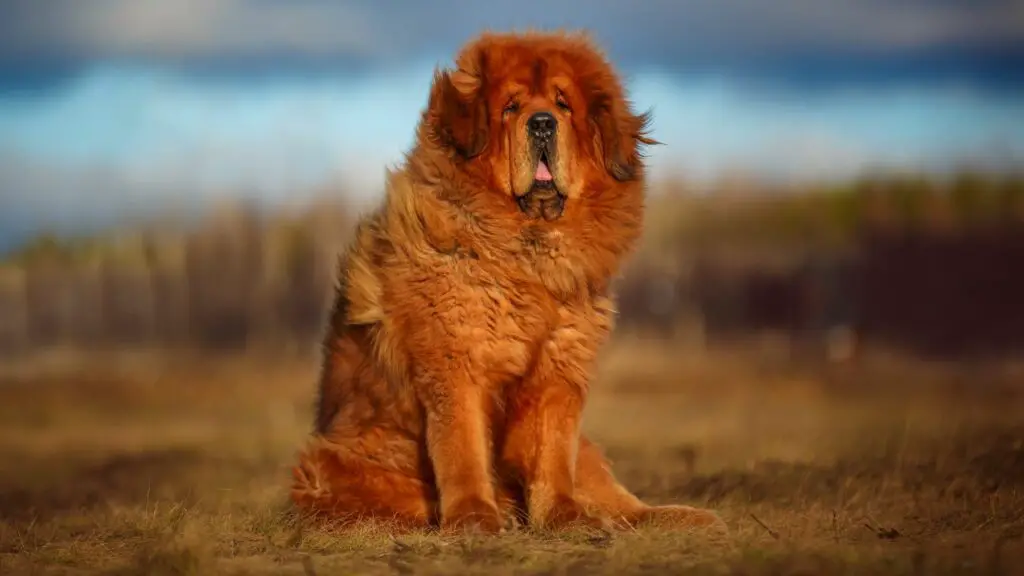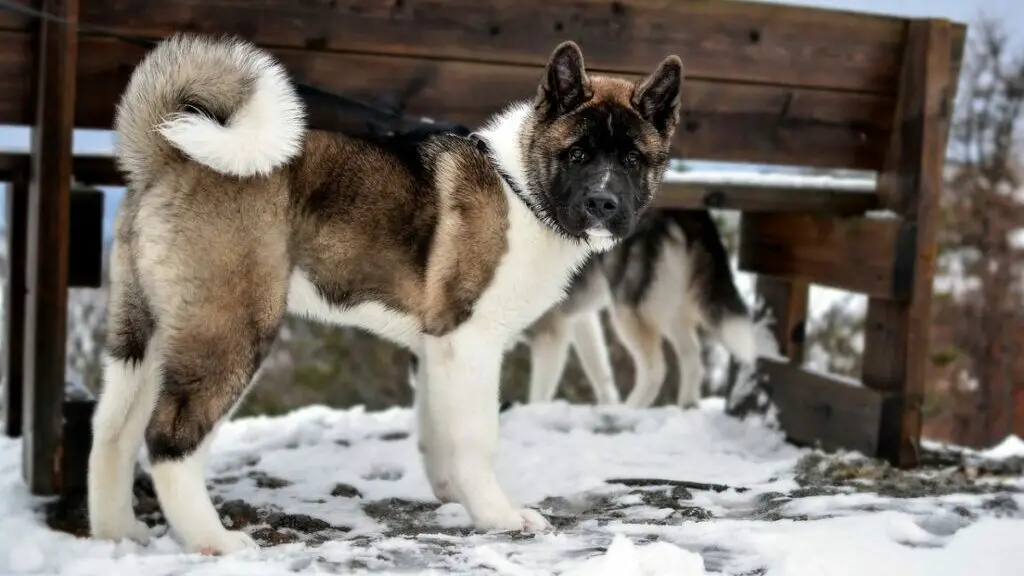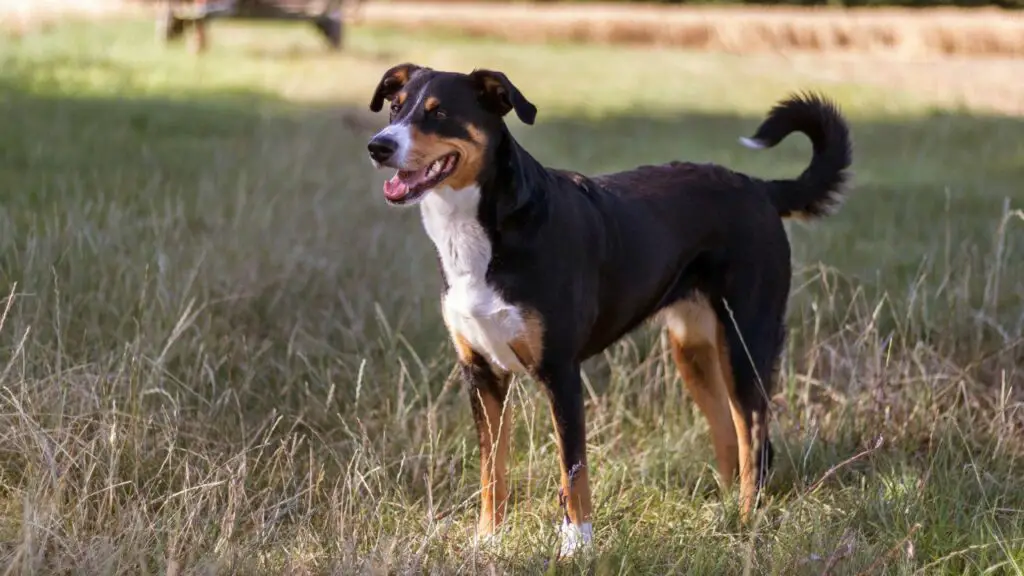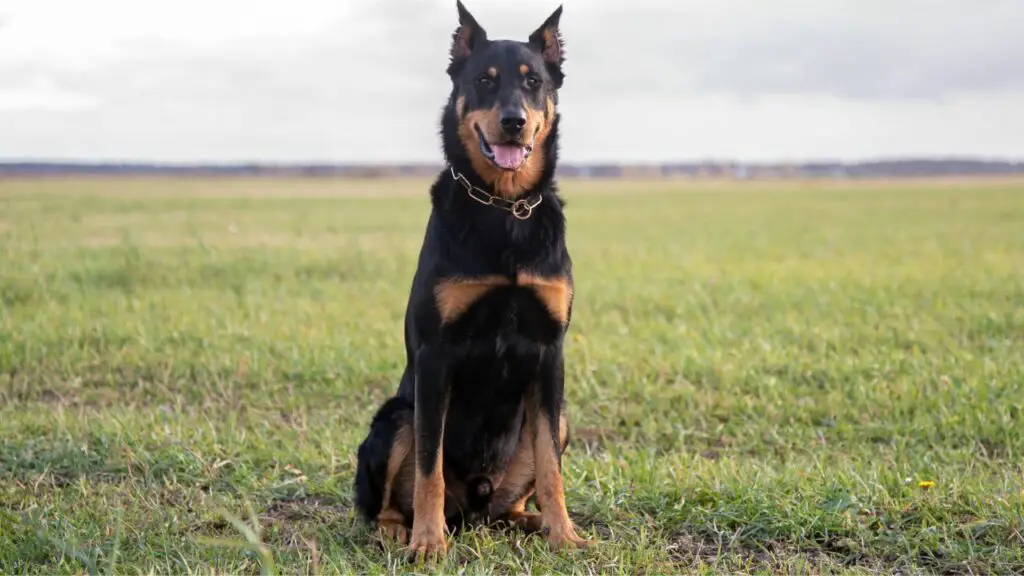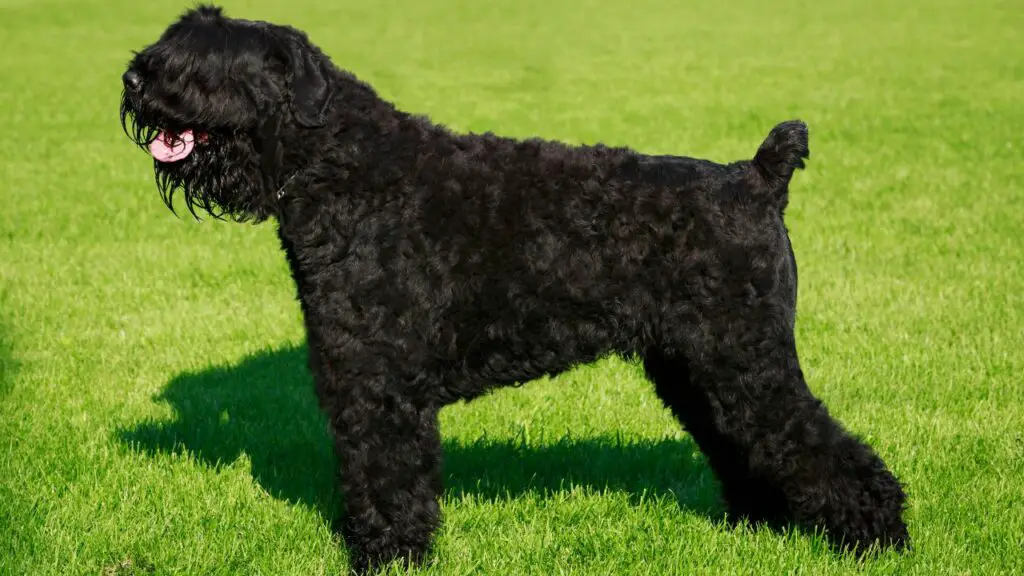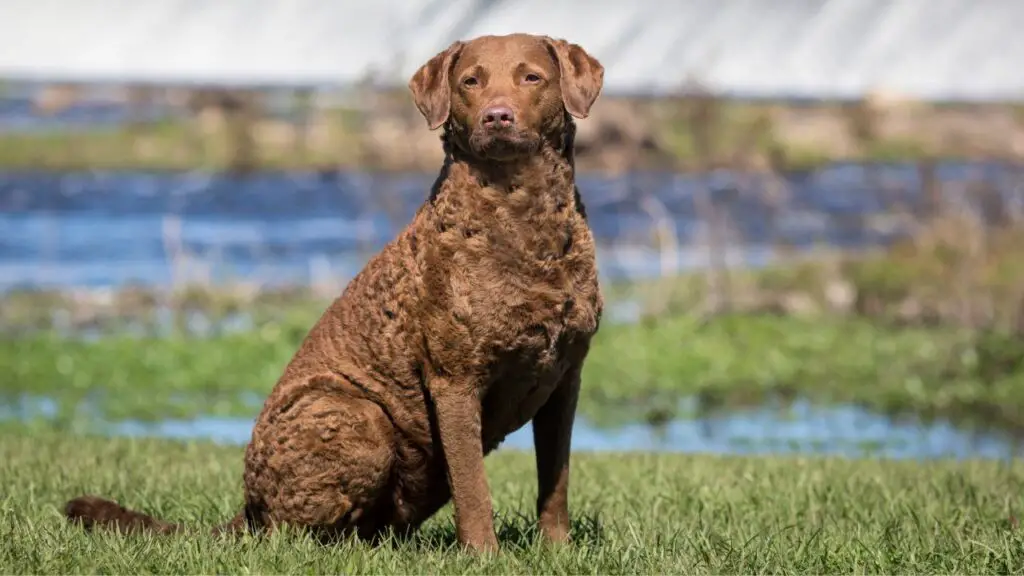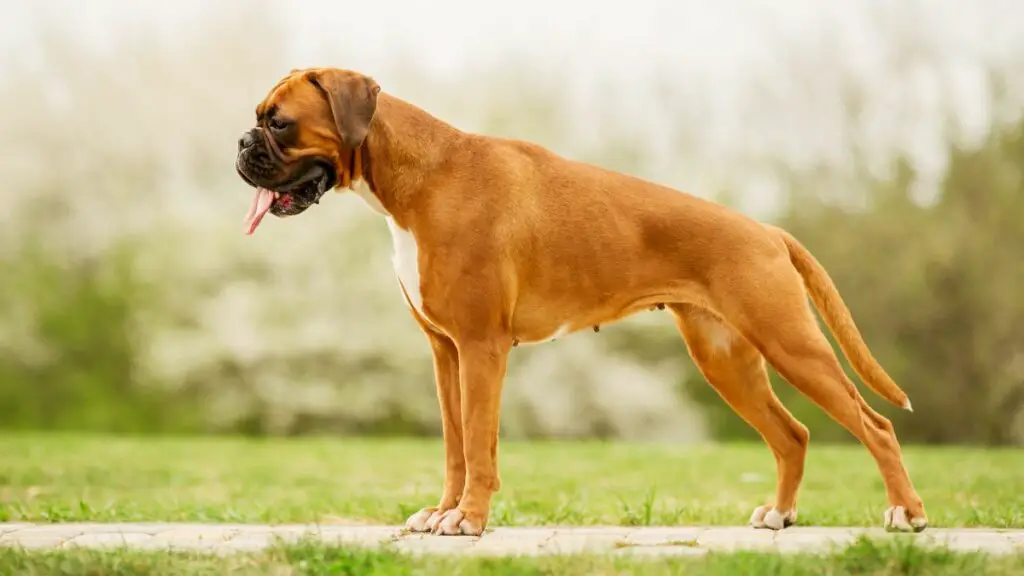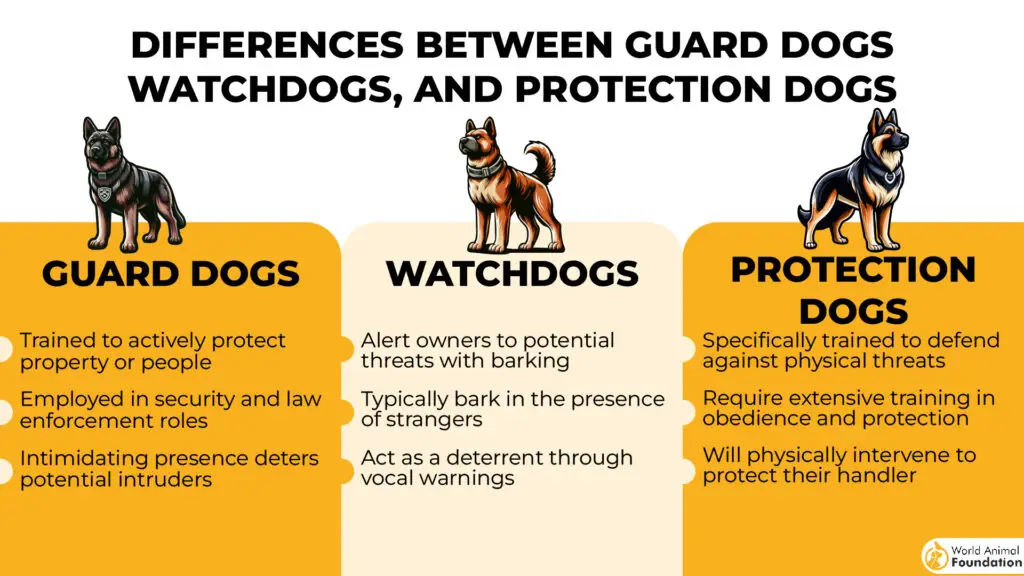Seeking a loyal protector with a formidable presence? Look no further. We’ve compiled a list of the 9 strongest guard dog breeds, renowned for their power, intelligence, and unwavering devotion. From imposing giants to compact powerhouses, these breeds possess the physical and mental attributes crucial for effective guardianship. Discover which breed best suits your needs and lifestyle as we delve into their unique characteristics, temperaments, and training requirements. Prepare to be impressed by the sheer strength and protective instincts of these incredible canines.
Throughout history, humans have bred working dogs to perform tasks like hunting, farming, herding, and guarding. These dogs are not only powerful and robust but also intelligent and enduring, making them perfect partners for various demanding roles such as police work, military operations, search and rescue missions, and more.
Recent research highlighted in the journal Behavioural Processes reveals that the size and shape of a dog’s head can indicate its strength and agility. This points to why certain guard breeds are incredibly muscular and strong, capable of impressive feats like running swiftly, leaping high, and pulling heavy loads.
Dogs possess remarkable strength in many forms, and their power should never be underestimated. Thankfully, despite their formidable abilities, most dogs have been domesticated for thousands of years and often exhibit gentle, trainable temperaments.
If you’re considering bringing a powerful guard dog into your home, it’s crucial to be prepared to manage them in various situations—whether that’s at home, on walks, or when meeting new dogs and people. Training is essential, especially for stronger breeds, to ensure they respond well to commands and integrate smoothly into family life.
9 Most Strongest Guard Dogs in the World
Let’s explore the nine strongest guard dog breeds that provide maximum safety and the unique qualities that make each one stand out.
1. Bullmastiff
| Personality | Affectionate, loyal, brave |
| Energy Level | Energetic |
| Good with Children | With Supervision |
| Good with other Dogs | With Supervision |
| Height | 25-27 inches (male), 24-26 inches (female) |
| Weight | 110-130 pounds (male), 100-120 pounds (female) |
| Life Expectancy | 7-9 years |
| Barking Level | Only To Alert |
The Bullmastiff is a large, strong breed from England, known for its solid build and short muzzle. Originally bred by crossing the tough and aggressive Bulldog of the 19th century with the larger, gentler Mastiff, the Bullmastiff was designed to be strong, fast, and powerful, earning the nickname “Gamekeeper’s Night Dog” because they helped gamekeepers deter poachers.
Despite their intimidating size and appearance, which can effectively scare off intruders, Bullmastiffs are gentle and affectionate with their families. They are naturally wary around strangers and can be protective, especially if they sense a threat like an intruder or unfamiliar dogs in their territory.
Bullmastiffs are independent and confident. They make excellent family pets but are generally better with older children due to their large size.
@tiptops182
bullmastiff el perro guardabosques. #bullmastiff #perrospoderosos #bulmastifflover #bullmastifff #bullmastiff #guardabosques #bullmastiffddog #razaspoderosas #amoalosperros #perrosincreibles #perrosfuertes #perrosdeproteccion
♬ sonido original – Tip Tops
These dogs are smart and keen to learn but can be strong-willed and stubborn at times. Consistent and early training is crucial to prevent any defiant or aggressive behaviors.
A Bullmastiff needs a secure, fenced yard as they can easily jump over low barriers if they decide to explore. Despite their size, Bullmastiffs are not couch potatoes. They have moderate energy levels and require regular mental and physical stimulation.
2. Caucasian shepherd dog
| Personality | Fearless, bold, kind |
| Energy Level | Calm |
| Good with Children | With Supervision |
| Good with other Dogs | Not Recommended |
| Height | 23-30 inches |
| Weight | 99-170 pounds |
| Life Expectancy | 10-12 years |
| Barking Level | Fairly Quiet |
The Caucasian Shepherd is a very large and strong dog breed that has been used for centuries to protect properties and livestock from predators like wolves and bears. Originating from the Molosser, these dogs are so tough that even wild animals would hesitate to confront them.
Nowadays, especially in Western countries, they are often kept as companions and watchdogs. This breed is naturally very protective and often remains highly alert, sometimes reacting to threats that aren’t there.
According to the American Kennel Club (AKC), the Caucasian Shepherd is bold, fearless, and self-confident when facing threats, but they are also gentle, devoted, and loving with their families, including other pets.
Training a Caucasian Shepherd can be challenging due to their strong-willed nature. They are not as eager to please as some other breeds, which means training requires patience and consistency.
Caucasian Shepherds need a lot of space because of their size. They are not well-suited to small living areas and need plenty of room to move around outside. When walking this breed, it’s important to keep them on a leash, as their size and strength can be intimidating to other animals and people.
3. Tibetan mastiff
| Personality | Independent, intelligent, reserved |
| Energy Level | Regular Exercise |
| Good with Children | With Supervision |
| Good with other Dogs | With Supervision |
| Height | minimum 26 inches (male), minimum 24 inches (female) |
| Weight | 90-150 pounds (male), 70-120 pounds (female) |
| Life Expectancy | 10-12 years |
| Barking Level | Occasional |
The Tibetan Mastiff is the ultimate guardian dog, originally bred to protect monasteries and monks in Tibet from dangerous wildlife such as bears, wolves, and snow leopards. These dogs are naturally nocturnal, often kept confined during the day and allowed to roam at night to guard their territories.
View this post on Instagram
WebMD notes that they provide unmatched loyalty, devotion, and protection to their families. They are watchful and aloof and can appear imposing and intimidating to strangers, making them excellent protectors. At home, they are mellow, calm, and sweetly devoted to their family members.
However, the Tibetan Mastiff’s protective instinct can sometimes make it challenging to introduce new people into the home. This breed requires careful handling, and early socialization is crucial. Introducing a Tibetan Mastiff puppy to a variety of people, places, animals, and experiences is essential, and it’s important to keep these interactions positive and proceed at a pace comfortable for the dog.
Due to their large size and risk of joint issues like hip dysplasia, it’s important to manage the physical activities of Tibetan Mastiffs. Repetitive exercises such as jogging or jumping should be limited, especially before the dog reaches full maturity at around two years old. For their safety and to manage their territorial behavior, a secure, fenced area is recommended for outdoor exercise.
4. Akita
| Personality | Dignified, courageous, profoundly loyal |
| Energy Level | Energetic |
| Good with Children | With Supervision |
| Good with other Dogs | Not Recommended |
| Height | 26-28 inches (male), 24-26 inches (female) |
| Weight | 100-130 pounds (male), 70-100 pounds (female) |
| Life Expectancy | 10-14 years |
| Barking Level | Moderate |
The Akita is a strong and courageous breed that originated in the mountains of northern Japan. Initially used for hunting and fighting, it now also serves in roles like police and guard work.
@stevesandalis
#akita #dogsoftiktok #dogs #akitadog #guarddog #guarddoggs
♬ Hoist the Colours – Colm R. McGuinness
Akitas are muscular and known for their deep loyalty and protective nature toward their human families. They are alert and intelligent, making them excellent guard dogs. However, driven by their strong protective instincts, they can be suspicious of strangers, guests, and other pets.
Britannica states that Akitas are generally calm and not overly playful, except when they are with their own family, where they might show a more playful side. Their protective nature can sometimes lead them to misinterpret harmless actions as threats, making them challenging for families with children or the elderly.
Training an Akita can be both challenging and rewarding. They are intelligent but also have a stubborn and dominant streak, so successful training depends greatly on consistency and a firm yet respectful approach.
Despite their medium activity level, Akitas still needs regular exercise to stay healthy and happy, usually about an hour a day. Activities like long jogs or vigorous play sessions are ideal. They love tugging and running games. At home, they need a securely fenced yard, as their strength and agility make them capable jumpers.
5. Appenzeller sennenhund
| Personality | Versatile, agile, lively |
| Energy Level | Energetic |
| Good with Children | Good With Children |
| Good with other Dogs | With Supervision |
| Height | 20-22 inches |
| Weight | 48-70 pounds |
| Life Expectancy | 13-15 years |
| Barking Level | High |
The Appenzeller Sennenhund is a medium-sized herding dog from Switzerland, known for its versatility and strong protective instincts. Traditionally used on farms for various tasks and as a family companion, this breed forms a close bond with its family but can be suspicious of strangers due to its background as a cattle dog and flock guardian.
According to CKCUSA, the Appenzeller is highly intelligent and capable of learning numerous commands and tricks if properly motivated. However, when in full watchdog mode, they aren’t easily swayed or distracted.
They thrive on an active lifestyle and require a significant amount of daily exercise. Because of their high energy and working nature, the Appenzeller Mountain Dog may not be the best fit for suburban or city living; they are happiest outdoors and engaged in herding activities. Without sufficient exercise, Appenzeller Mountain Dogs can become prone to excessive barking and may display destructive behaviors.
Consistent training is crucial to integrate them successfully into family life and to maintain order within the home. They must understand their position in the family hierarchy to prevent any challenges for dominance. Due to their intelligence, they learn quickly, but consistency in training and clarity of role is key to managing their behavior effectively.
6. Beauceron
| Personality | Faithful, gentle, obedient |
| Energy Level | Needs Lots of Activity |
| Good with Children | With Supervision |
| Good with other Dogs | With Supervision |
| Height | 25.5-27.5 inches (male), 24-26.5 inches (female) |
| Weight | 70-110 pounds |
| Life Expectancy | 10-12 years |
| Barking Level | Occasional |
The Beauceron is a strong and versatile dog that originated in France in the 1500s, initially bred for hunting wild boar. Over time, it also became valued as a herding dog and a guardian of livestock. While not widely known outside of France, the Beauceron is a common sight on working farms within the country.
This breed is larger than some other herding dogs but shares their strong work ethic, independence, and the need for a clear task. The Beauceron is known for its loyalty and protective nature, making it an excellent watchdog and guard dog. It naturally protects its people and property and has a tendency to be dominant, requiring firm and patient training to become an ideal companion.
View this post on Instagram
HillsPet points out that Beaucerons can be territorial around other pets, so it’s important to introduce them to other dogs early in their training. Early socialization is crucial for them to accept other pets and children in the home.
Intelligent and quick to learn, Beaucerons thrive on challenging activities and require regular outlets for their energy. Daily walks are essential, and they benefit from having the freedom to run in a large yard.
7. Black Russian terrier
| Personality | Intelligent, calm, powerful |
| Energy Level | Energetic |
| Good with Children | With Supervision |
| Good with other Dogs | With Supervision |
| Height | 27-30 inches (male), 26-29 inches (female) |
| Weight | 80-130 pounds |
| Life Expectancy | 10-12 years |
| Barking Level | Occasional |
The Black Russian Terrier, developed by the Russian military from breeds like the Rottweiler, Giant Schnauzer, and Airedale, is an exceptionally large and powerful dog. This breed is heavily boned and built for strength, and it is well-known for its courage, confidence, and intelligence. Originally bred for guarding purposes, they naturally maintain a reserved demeanor around strangers.
The personality of the Black Russian Terrier is characterized by fearlessness, determination, and a calm composure, projecting a strong sense of self-assurance. They are neither overly shy nor excitable and thrive in roles that leverage their guarding instincts. Despite their formidable appearance, they are capable of being trained to follow commands diligently.
@doggyissuez
Listen to the people in places you wanna be!! Still just beginning . Find people that want to preserve your dogs stability and run with them. Last clip credits to k9.cam #blackrussianterrier #workingdog #protectiondog #brt
♬ SELEKTIS – TWISTED – REMIX – Swampz
These dogs form a strong bond with their owners, showing moderate affection. While they can be calm and loving with their family, their size and protective nature pose challenges, especially for novice dog owners. Early training and socialization are critical to managing their considerable physical strength and inherent protective instincts effectively.
According to WebMD, the massive size of Black Russian Terriers presents challenges, particularly in travel and living conditions. They are not suited to being left alone for prolonged periods or for living in confined spaces like small apartments.
8. Chesapeake Bay retriever
| Personality | Affectionate, bright, sensitive |
| Energy Level | Energetic |
| Good with Children | With Supervision |
| Good with other Dogs | With Supervision |
| Height | 23-26 inches (male), 21-24 inches (female) |
| Weight | 65-80 pounds (male), 55-70 pounds (female) |
| Life Expectancy | 10-13 years |
| Barking Level | Occasional |
The Chesapeake Bay Retriever, often referred to as the Chessie is a breed known for its exceptional skill in retrieving waterfowl. Originating from the Chesapeake Bay area, this dog is celebrated for its strength and endurance in water, even in icy conditions. The Chessie has a thick, wavy coat that makes it well-suited for swimming, and it loves being in the water.
On land, the Chesapeake Bay Retriever makes an excellent family pet. Generally, this breed is good with children but tends to be reserved around strangers. It is protective, may show aggression towards unfamiliar dogs, and might chase cats that aren’t part of its household. Because of these traits, kind but consistent training is necessary, and it’s best if the owner is experienced and confident.
Chessies are affectionate and loyal, and they can be quite relaxed at home if they get enough exercise. Compared to some other hunting dogs, they are more independent and protective of their families.
To keep a Chesapeake Bay Retriever happy and healthy, daily exercise is crucial. A good walk or a swim every day is ideal, as these activities cater to its natural abilities and love for water.
9. Boxer
| Personality | Bright, fun-loving, active |
| Energy Level | Energetic |
| Good with Children | Good With Children |
| Good with other Dogs | With Supervision |
| Height | 23-25 inches (male), 21.5-23.5 inches (female) |
| Weight | 65-80 pounds (male), females are about 15 pounds less than male |
| Life Expectancy | 10-12 years |
| Barking Level | Occasional |
The Boxer is a breed that was developed in Germany in the 19th century initially for dog fighting and hunting large game. Over the years, Boxers have been utilized as versatile working dogs, useful for tasks like rounding up livestock and even serving as police or military dogs today.
View this post on Instagram
Despite their tough exterior, Boxers are actually good-natured, loving, and highly intelligent dogs. They are curious and fearless, known for their self-assured, calm, and well-balanced temperament. While they are incredibly loyal and pose no threat to their family, Boxers are often wary of strangers and can become protective if provoked.
Boxers do not enjoy being left alone for long periods as they can become distressed and potentially destructive. They are known for their obedience, which makes them relatively easy to train. They are undemanding, clean, and loyal, making them excellent both as family companions and utility dogs.
As a high-energy breed, Boxers require plenty of exercise to stay healthy and happy. They need regular physical activity to prevent boredom, which can lead to unwanted behaviors like chewing, digging, or excessive licking. Regular training and mental enrichment activities are also crucial to keep them engaged and well-behaved.
Differences Between Guard Dogs, Watchdogs, and Protection Dogs
Conclusion
Some of the strongest guard dogs, like German Shepherds, Doberman Pinschers, and Belgian Malinois, are renowned for their natural protective instincts and their role as vigilant guardians. German Shepherds are particularly valued for their versatility and effectiveness in roles from protecting livestock to serving as loyal family members. Doberman Pinschers, with their sleek stature and sharp intelligence, are also excellent guardians, particularly when given proper training.
The gentle giant among them, the French Mastiff, demonstrates that strength can be paired with a calm demeanor, making them formidable protectors yet gentle enough to be around the family. Similarly, the Belgian Malinois is known for its intense loyalty and capability as a guard dog, often used in police and military roles due to its agility and trainability.
Proper training is essential for all these breeds to harness their natural instincts effectively and ensure they perform well in their roles as protectors. Whether it’s guarding livestock or providing security for homes, these dogs prove time and again that they are not just pets but dedicated and capable protectors.
Ultimately, choosing the “strongest” guard dog depends on individual needs and responsible ownership. While breeds like the Rottweiler, German Shepherd, and Cane Corso possess impressive physical and protective instincts, temperament, training, and socialization are crucial for a well-adjusted guardian. Strength isn’t solely about size or bite force; a vigilant, intelligent dog, properly trained, can be a powerful deterrent and loyal protector. Researching breed characteristics and committing to responsible ownership ensures both the dog’s well-being and the effectiveness of its guarding abilities.

